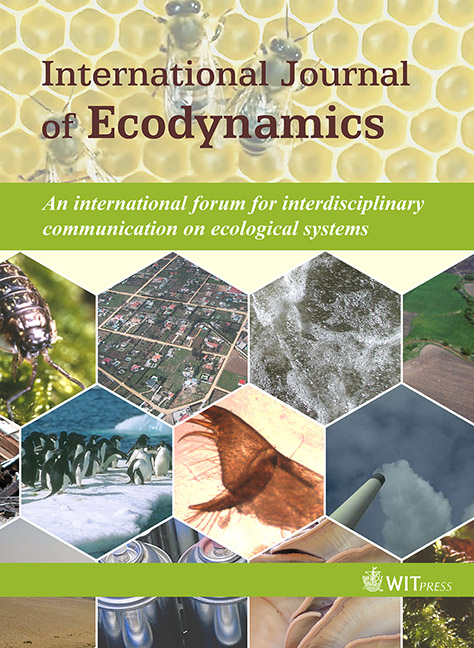Urban growth, environmental degradation and geotechnologies: a case study in Brazil
Price
Free (open access)
Volume
Volume 2 (2007), Issue 1
Pages
8
Page Range
48 - 56
Paper DOI
10.2495/ECO-V2-N1-48-56
Copyright
WIT Press
Author(s)
S.M.F. Costa
Abstract
This study aims to detect and evaluate the urban growth of the city of São José dos Campos, located in the state of São Paulo, Brazil, and analyzes the environmental effects resulting from the process of urban growth without town planning using remote sensing data and geographical information system technologies, during the period of larger urban transformation (1950–97). The urban area was mapped using aerial photographs (obtained in 1953, 1962, 1973, and 1985) and a SPOT Pan image (obtained in September 1997). It was possible to evaluate the main urban growth axes during this period using these data. During this period, the growth in the urban area was more than 1800%, and this growth followed, predominantly (80% of the area), the best site, occupying flat areas (slope between 0 and 5%). Considering the physical potential map produced using the slope and drainage data, it was verified that the principal problem related to the physical potential refers to the watersheds that cross the urban perimeter. With respect to the Environmental Law, taking into account the distance of 30 and 50 m, which should be maintained to preserve a river channel and a spring, respectively, from degradation, it was observed that 11.24% of the area could not be occupied and it already is. One important aspect is the deforestation verified in 60% of the spring water. Another important finding was that many green spaces in the urban area were cut out to be occupied by residential/industrial areas.
Keywords
deforestation, environmental degradation, GIS, remote sensing, urban growth




